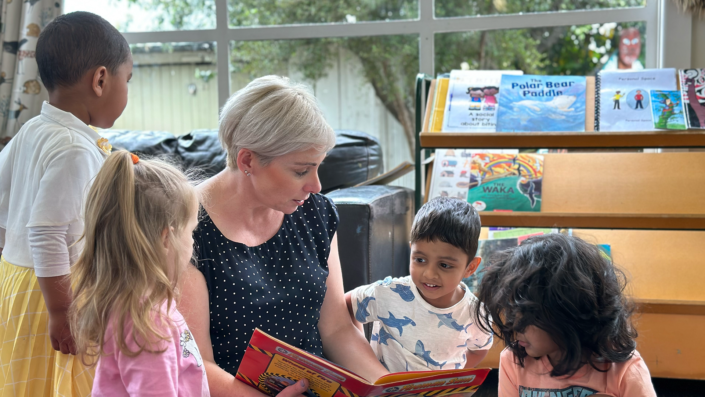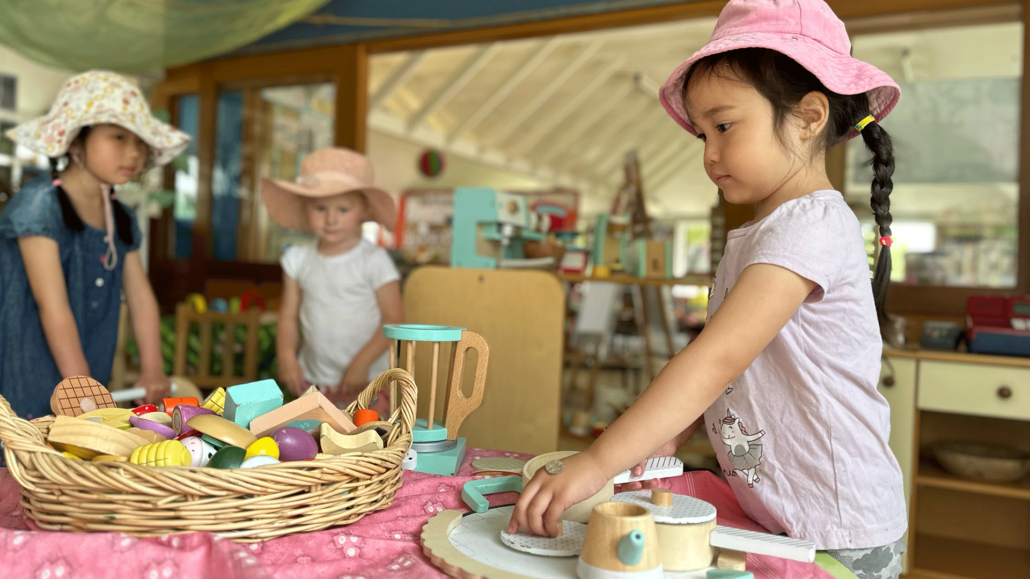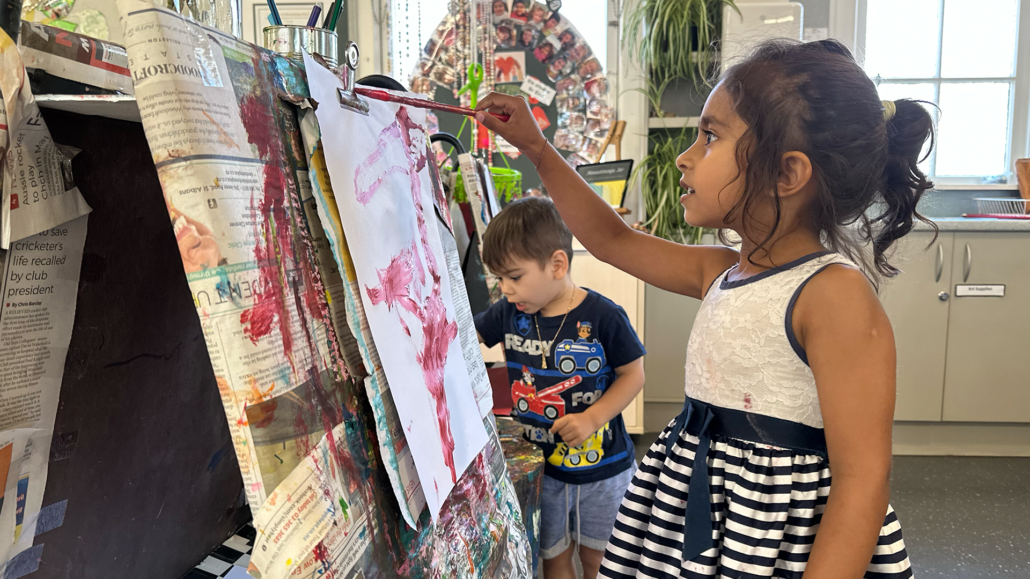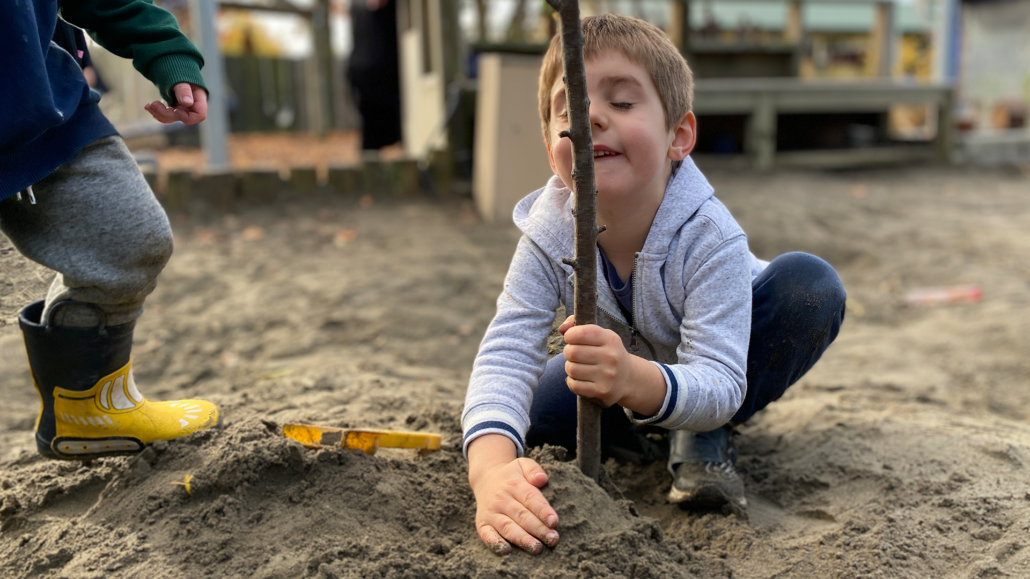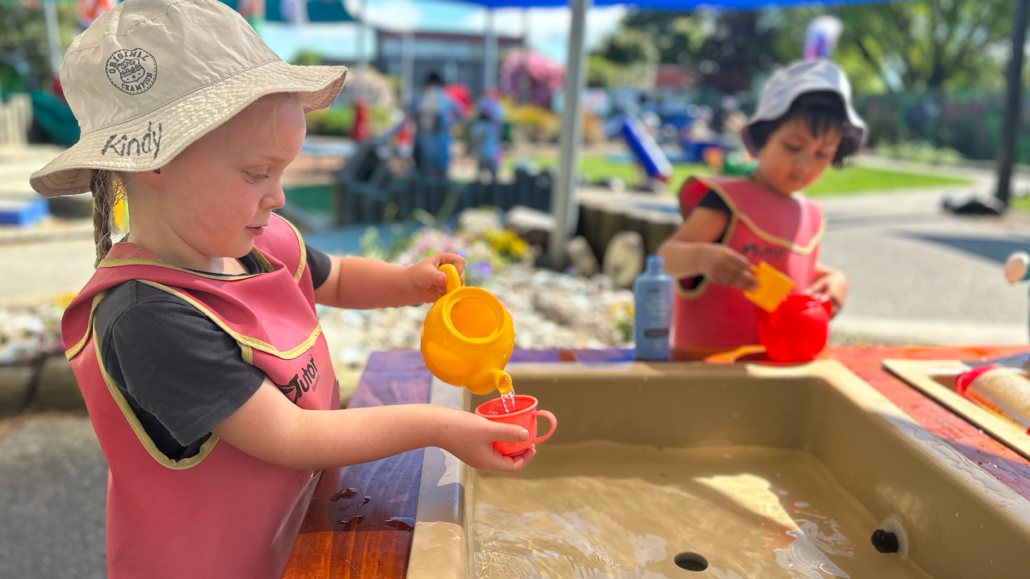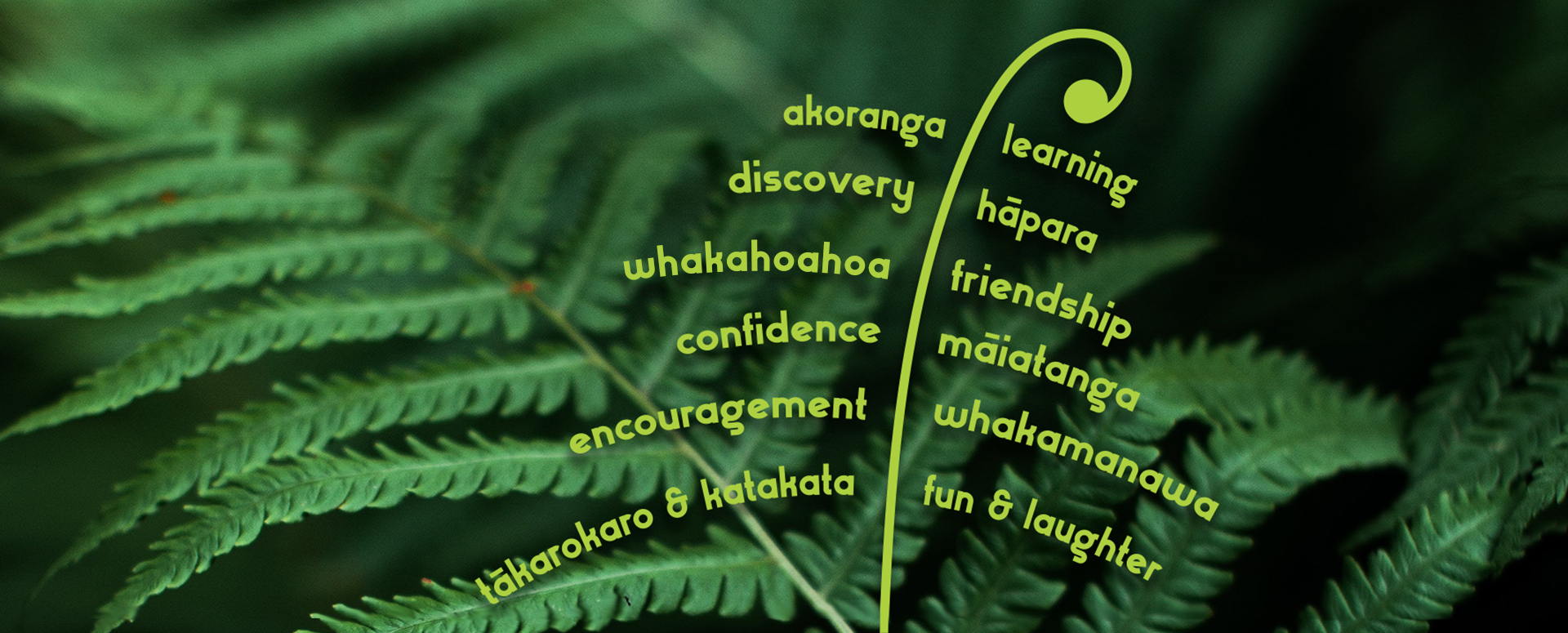Key takeouts:
- Learning should be a natural process that grows out of exploration, discovery, and interaction
- At this stage of early childhood education it’s holistic and all-encompassing. It’s not just about counting or knowing the alphabet
- Learning encompasses physical and social development too. Senses and motor skills are vitally important to learning growth
- The environment and amount of support tamariki get from kaiako has an important role in them being able to grasp and retain skills and knowledge
- Play has been proven to be one of the best ways for young children to learn, by discovering things themselves
- Kindergarten gradually introduces children to experiences that develop their skills and helps to prepare them for their school years
360° learning
Learning doesn’t just happen in a traditional sense, but a holistic one. Emotional development, social skills, self-confidence, gross and fine motor skills, listening and communicating, attention span – none of this is rote, by-the-book lessons, but rather all focused around growth and development.
There’s no checklist for what works for every child. It’s more about a set of skills and abilities that tamariki should develop in order to serve them well in the following years.
The foundations of early childhood learning are not just seen at kindergarten, but influence the rest of the child’s educational journey, and can affect the rest of their life.
That’s why we’re committed to the very best educational practices from an early age, using the power of 100% registered and trained kaiako to bring out the best in your child.
We’re working towards a well-rounded education that combines self-driven play with adult guidance to provide a balanced foundation for their future.
Because tamariki hardly ever stop moving at this age, motor skills play an important part in their development. It’s one of the first skills children develop, and is important for all of the learning to come.
Movement also feeds the brain oxygen, and works both sides of it, drawing on different areas.
Hand-eye coordination, proprioception, balance, and much more are slowly built up.
While these skills come from playing ball, running, climbing, and chasing, minor motor skills are developed by activities such as painting or cutting, or working with dough. (Developing a pencil grip starts with many of these skills.)
Early mathematical concepts such as counting come into play, as does problem solving. Vocabulary and language begin to evolve along with pre-writing and pre-reading skills. Music brings an understanding of rhyme, syllables, and sounds – even maths. Visual perception and listening play important roles.
Then there’s creative expression, along with concepts of independence, and burgeoning social skills.
No wonder kindergarten is so busy!
Don’t think of learning in the traditional sense but in a holistic way, developing all of the different things a child will need moving forward… these years are so important because they help establish so many of those essential, basic skills.
When tamariki come to kindergarten, they find an environment that is totally geared towards fostering their development, with friendly adults who are there to help them at every stage.
These kindergarten spaces have been carefully designed to maximise learning opportunities, provide stimulation, and foster exploration and discovery. There are all kinds of prompts and tools to assist the learning process.
At the same time, these are comforting, familiar environs that make tamariki feel at home, welcomed, and cared for. Science has shown that this not only encourages learning but results in greater retention and that the learning is remembered longer.
By providing children with a positive and stimulating kindergarten experience, parents and educators can help them get off to a great start on their educational journey.


